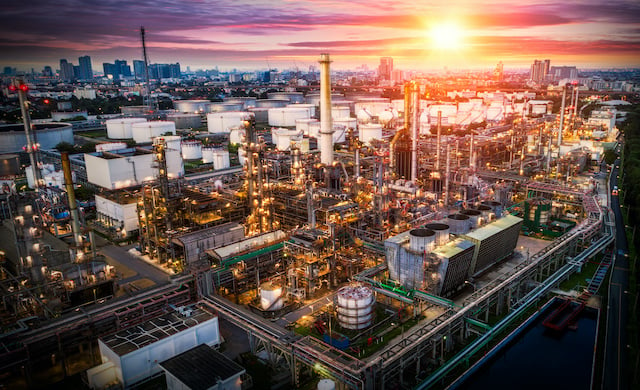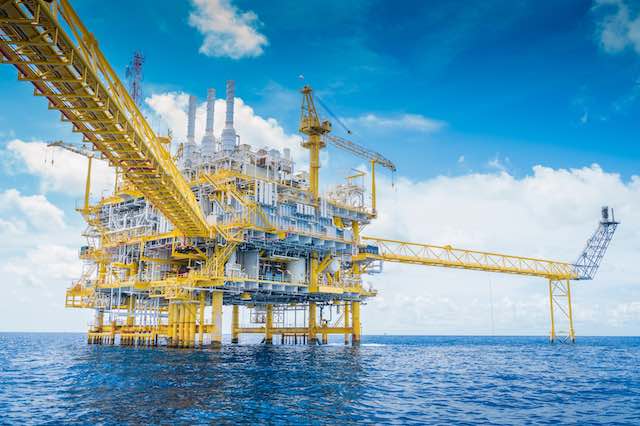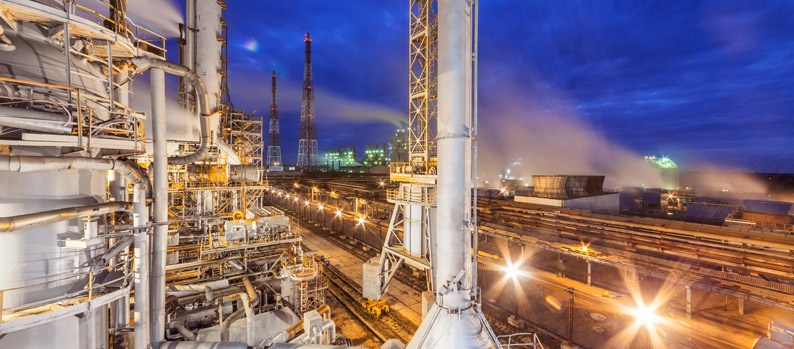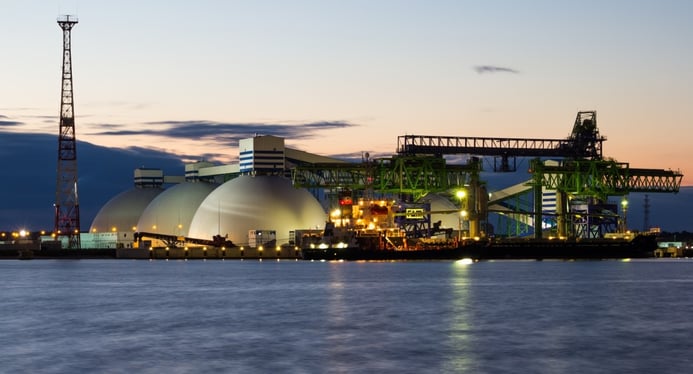
When you’re looking for the right alloy for the job and you need one offering outstanding corrosion resistance, then you’re probably considering INCONEL 690 or INCONEL 693. But what is the difference between these two high-chromium grades - and which would be best for you?
The patented INCONEL 693 is high-temperature corrosion resistant, and is the more modern and sophisticated material of the two. This alloy can withstand much higher temperatures, while offering excellent resistance to metal dusting.
Metal dusting, a potentially dangerous form of corrosion, occurs in high-carbon atmospheres and high-temperature environments of 450-800°C. It causes at-risk materials to break down into a metal powder composed of oxides, carbides, graphite and metal, resulting in pitting and surface damage. This is particularly an issue in the petrochemical, energy production, ammonia and heat-treating industries.
Applications for INCONEL 693
Unlike the nickel-heavy 690, the 693 uses nickel as a balance element, relying on the high-chromium component, supported by aluminium and iron, to offer extreme-environment advantages.
These properties make the alloy a popular option for designers of gas-generation equipment for synfuel, petrochemical and other high-temperature processes. It is often used in other corrosive environments, such as LNG pipelines and in the fertiliser industry. This latter use is thought to be one of the most widespread applications of the 693 alloy, and we've supplied to this sector in many countries around the world, including Indonesia, India and Oman.
As an example of its use in the fertiliser industry, Corrotherm supplied INCONEL 693 to a process design engineering and fabrication plant in India, which required forged and precision-machined parts for a thermowell for an ammonia synthesis reactor. The process designer on the project specifically selected the 693 alloy because of its superior resistance to metal dusting within a high-temperature atmosphere where carbon monoxide and hydrogen were present, which are known irritants.
Due to its specialist nature, 693 isn’t usually supplied in large quantities. It offers peace of mind for super-critical components, such as ferrules for boilers in industrial applications and in the power generation industry. These are the kind of applications where having a system out of use would be expensive, dangerous or even catastrophic.
When to choose INCONEL 690
Robust and effective, 693 is a good choice for high-temperature and corrosive environments, but this does not discount the merits of INCONEL 690. This is a high-chromium content version of the INCONEL 600, still maintaining a strong nickel element, offering resistance to oxidising acids and salts.
It has overtaken many other grades thanks to superior performance in specific areas: its improved stress-cracking resistance means that it has superseded INCONEL 600 in steam-generation nuclear reactors; and it is also a better choice for metal-dusting environments over the previously popular INCONEL 601.
The 690 is still used widely, even with the technologically superior 693 available, as despite its limitations in more volatile situations, it is cost-effective in less-extreme environments. So depending on the project, it can still be a good choice.
For detailed technical specifications of both of these alloys, visit the Grades section of our website. To discuss your requirements and see which is the right alloy for you, please contact a member of the Corrotherm International sales team.
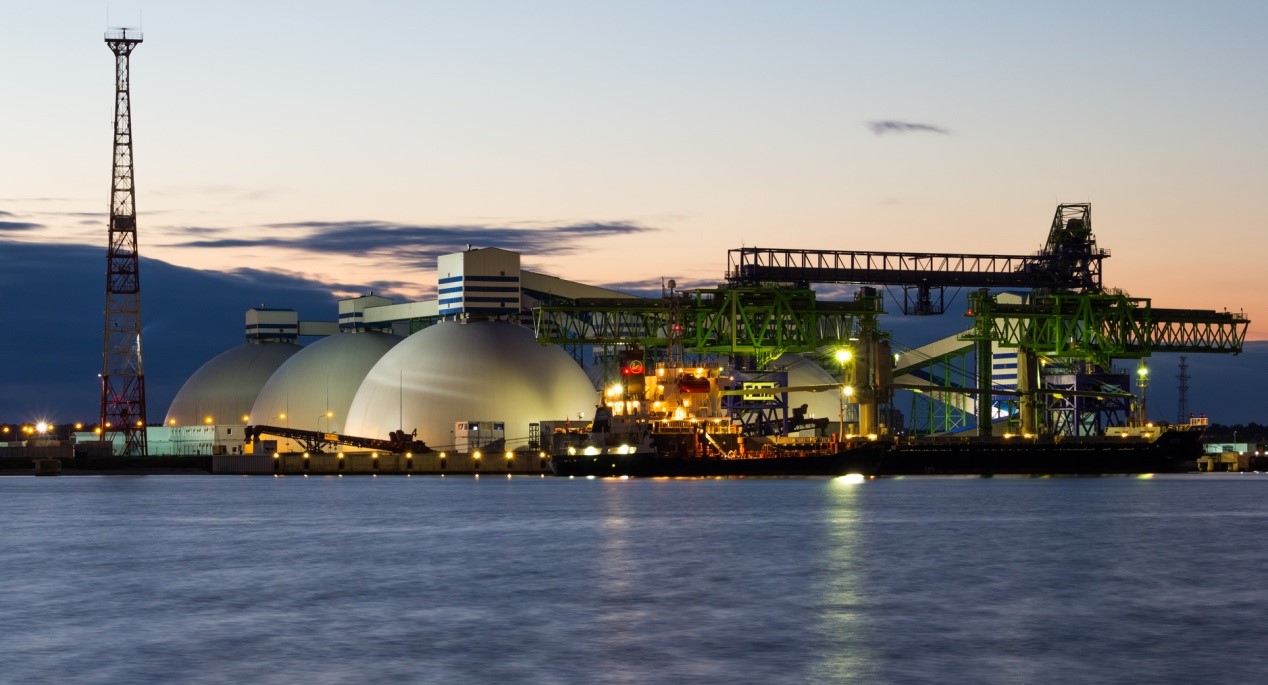 Product Focus - INCONEL 690 vs 693
Product Focus - INCONEL 690 vs 693